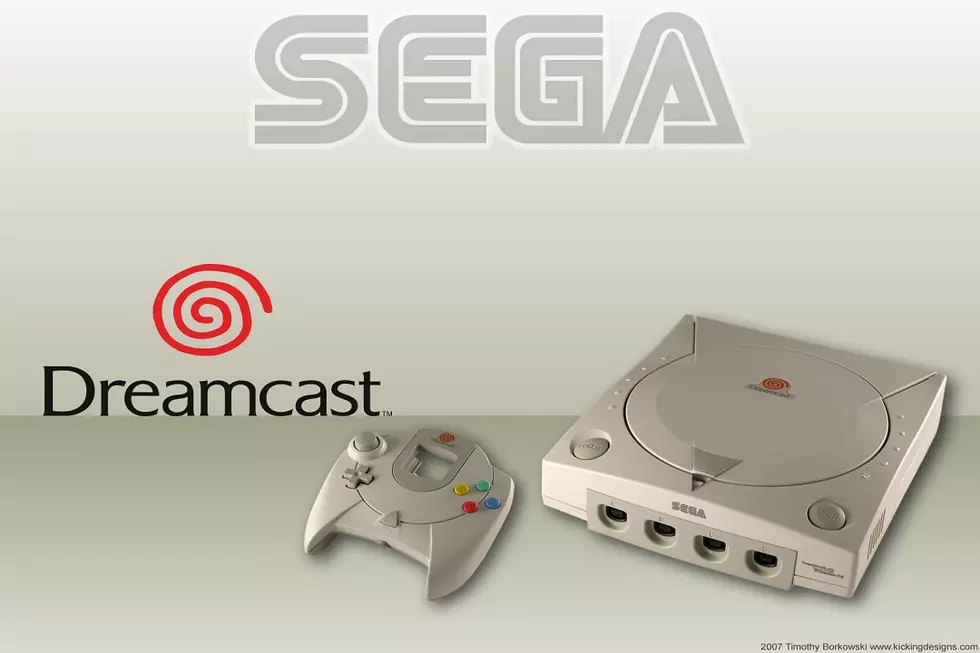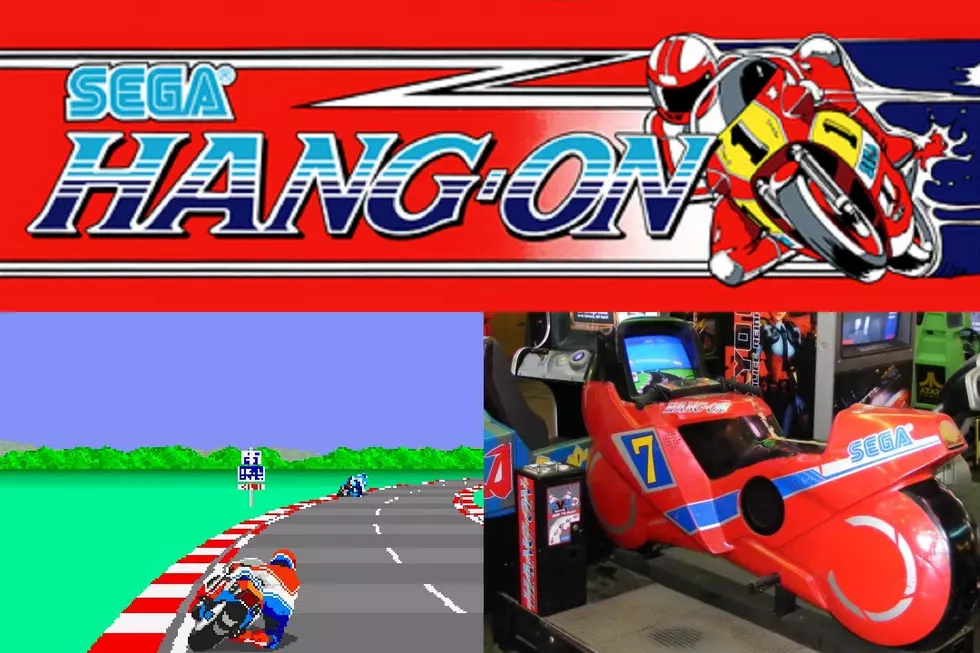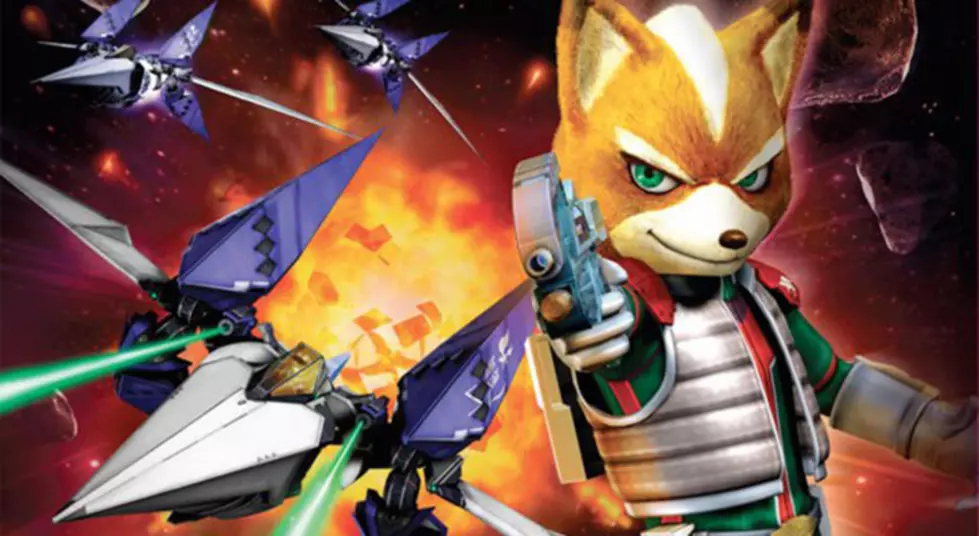
Sonic Shuffle: Looking Back at the Hedgehog’s Most Misunderstood Game
Believe it or not, I'm on my third copy of Sonic Shuffle. It’s a game I've played so much that the discs show their wear, back when review scores didn't influence purchases as persuasively as rentals and when game reception wasn't trapped in bubbles enforced by online commentary. When I later discovered that this game I loved got hammered with criticism, I was puzzled by negativity I felt was unwarranted. Some insist Sonic Shuffle is a Mario Party rip-off, unoriginal and dominated by fault-ridden gameplay. I see things differently.
I've loved Mario Party since its first installment, so it’s a series I closely followed as it moved from the Nintendo 64 to the Gamecube and beyond. Still do. Some of the qualities that clicked with me — approachable board play punctuated by short competitions with goofy themes and narrow victories — I hoped to find traces of in the attractive, cel-shaded world of Sonic Shuffle. What I didn't know at the time was that both games were developed by Hudson Soft. Yet instead of leftovers, I found surprising substance.
Its structure surfs similar waves as Mario Party, yet Sonic Shuffle's style and overall vibe couldn't be more different. Rather than dice rolls, Shuffle uses cards for movement and battle, which alone positions it as a forward digital board game of its time. With set cards to work from, players can effectively map out how to maximize their hand for the best payout. Amplifying this layer of strategy and planning are dynamics that mobilize gameplay while simultaneously making for an unpredictable tone with elements of risk.
Preceding the Wii U GamePad as a method of concealing information, Shuffle makes brilliant use of the Dreamcast's VMU, where cards hidden on the TV are revealed on individual controller displays. A key facet of gameplay is that decks are open to manipulation: you can steal other players' cards, which can either be a major setback or an unintentional favor. By monitoring the discard pile as the number of playable cards dwindles, you can work out who might have what based on what remains and the actions taken on prior turns. If someone has two cards left but keeps grabbing from other hands, there's a possibility they’re trying to avoid activating the Eggman Card, a mechanism more disruptive than Bowser's Space ever was in the early Mario Party games. Drawing this card will trigger a spinning wheel with 16 different schemes for Eggman to implement immediately, including exposing someone's hand, forcing someone to move one space for five turns, or hiding all the spaces.
The seven Precioustones (which take the place of Chaos Emeralds) you need to acquire always appear in defined locations and in an unchanging order, critical knowledge that paves the way for smart tactics. After each collection, Eggman drops a weight on the player furthest away, cutting their ring count in half. But as an early-game strategy, you may decide it's worth abandoning the current Precioustone once you realize it will be nabbed by someone closer, to give yourself a head-start on the next one.
Sonic Shuffle's board design is not flat, featuring active gameplay elements that influence strategy: falling obstacles and animals block paths, and entire sections can be removed from play. Fire Bird, one of the best boards in the game, progressively breaks apart in sections after Precioustones are recovered, making it advantageous to stay behind as everyone pushes forward. Riot Train gains and loses cars, while the constellation trek of Fourth Dimension Space follows a perplexing, spherical layout.
Familiar series elements are seen across the board layouts and in the overall game design: underwater paths and bubble spaces on Emerald Coast, turn skips if you lose a battle with no Rings, optional mission objectives, Ring Space combos, and using Emblems represent your ultimate goal. In subtle ways, too, Shuffle meshes with the series' ethos and established principles, such as how character choice influences gameplay. Some have dedicated spaces only they can access, but almost all have one movement specialty and one battle technique. Big, for example, can use a “6” to land on any space one to six spaces away, and Amy is guaranteed to land 5 damage points if she uses the multi-functional S Card in battle.
Items are also a big deal here as they are in standard Sonic titles. But rather than the usual arsenal of shields and speed-up shoes, what you have instead are Forcejewels. The effects can be over-the-top — Sonic-Speederald lets you move 30 spaces, but you won't have control over the direction — or drastically impact player methodology — Packlite prevents everyone from reaching the Precioustone, useful when you're close to the final gem but someone else is on the verge of winning.
Even those with an element of luck, where roulette spins determine the victim, can be mitigated using Forcejewels that grow or shrink a person's area on the roulette (Magnifire and Reducite, respectively). The best part is that these can be stacked for some interesting combinations: after using multiple jewels on the same turn, Shield Quartz — which disables Forcejewel use for four turns — will ensure you’re not hit with reactive countermeasures.
The sometimes-strange, sometimes-fanciful wonderland setting that pervades board play also flows into Sonic Shuffle's interactive activities. Mini-events, triggered by Event Spaces, work in lieu of solo mini-games and have a Choose Your Own Adventure element. Subject matter is all over the place: quirky takes, like performance shows with a well-dressed Eggman as the ringleader, along with eerie stories involving unicorns, ancient doors and shady market characters. There's more luck to be found here than the actual mini-games, also triggered (more frequently) by Event Spaces.
Some of Shuffle's mini-games share a similar nonsensical spirit as those featured in the Mario Party series — hit opponents with rock-like ice chunks, play jump rope with sewer snakes, pick a random soda can and hope it doesn't burst — but there's a healthy dose of mischief and creativity in concepts that are still fun today.
Sky Bridge is a straightforward ducking game made fun by the tempting gamble of Rings situated before and between bridges. Everyone fights over a beach umbrella in Sonic Parasol to shield themselves from an Eggman-faced Sun as they collect Rings. Sonic DJ puts one player in control of scratching and placing electric traps on a record that the other three must continually run on. Gargantua is a zany pellet shootout against a Godzilla-sized foe. And one of Shuffle’s most creative highlights, Fun Fun Sonic, uses a grid of trampolines for an entertaining survival contest.
Comments about brutal AI and annoying loading times are not exaggerated — the computers are nasty on occasion and the Dreamcast's "bzzt" sounds are etched into my memory. The game's supposed "poor" quality, however, has been misstated. Its unique foundation leverages the digital format with an imaginative flavor, and for unrecognized strengths that even trump Mario Party — deeper layers of strategy revolving around characters, item use and board variables — Sonic Shuffle doesn’t deserve to be categorized as a jealous replica.
More From Arcade Sushi

![What’s Old is New Again with Sonic Mania on Nintendo Switch [Preview]](http://townsquare.media/site/550/files/2017/01/sonic-mania-2.jpg?w=980&q=75)







